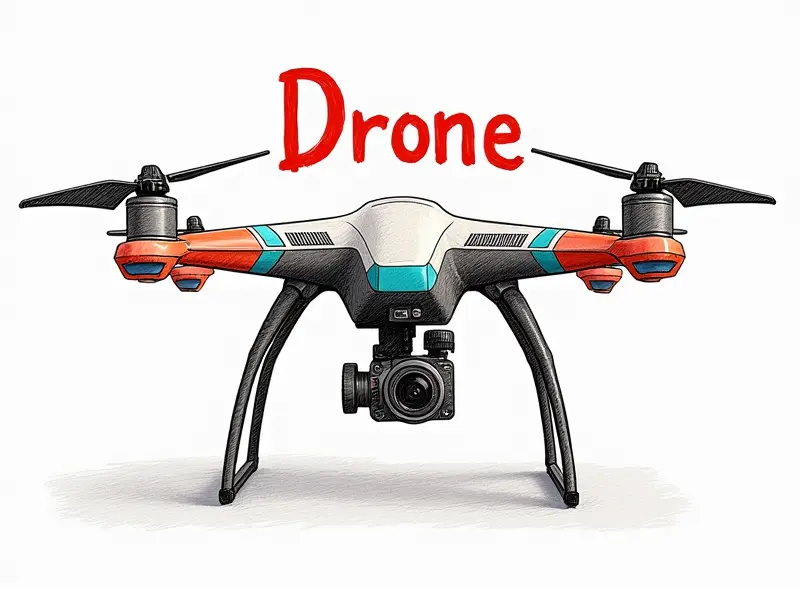Drone range limit?

How Far Can My Drone Fly?
The question of how far a drone can fly is one that many hobbyists and professionals alike are curious about. The range of your drone depends on several factors, including the type of drone you have, its specifications, and external conditions such as weather and terrain.
Max Range of RC Drones Explained
The maximum range of a remote-controlled (RC) drone is determined by the quality of its radio frequency (RF) communication system. High-quality drones can transmit signals over longer distances, allowing for greater flight ranges. Typically, consumer-grade drones have a range limit between 1 to 2 kilometers, while professional models may extend up to 5 kilometers.
Boost Your Drone's Flight Distance
To enhance your drone’s flying distance, consider upgrading its RF system or using external antennas. Additionally, optimizing the flight environment by reducing interference from other electronic devices can significantly improve range performance.
Factors Affecting RC Plane and Helicopter Range
- Radio Frequency Interference: Other electronic devices can disrupt RF signals, limiting your drone's range.
- Obstacles: Physical barriers like buildings or trees can weaken signal strength.
- Weather Conditions: Inclement weather such as rain or fog can degrade RF performance.
Legal Drone Flying Distance Regulations
The Federal Aviation Administration (FAA) mandates that drones must be flown within visual line of sight, which typically means a range of around 400 feet horizontally and up to 400 feet vertically. This regulation ensures safety and compliance with airspace rules.
Understanding Maximum Drone Flying Distance
The maximum flying distance for your drone is influenced by its hardware capabilities and regulatory constraints. While some drones can technically fly further, legal restrictions often limit the practical range to ensure safe operation.
Tips to Increase Quadcopter Flying Distance
- Upgrade Antennas: Use high-gain antennas for better signal transmission.
- Reduce Interference: Fly in areas with minimal electronic interference.
- Optimize Flight Settings: Adjust your drone’s settings to optimize performance.
FAA Rules on Drone Range and Distance
The FAA requires drones to be flown within visual line of sight, which is generally defined as a radius of 400 feet horizontally and vertically. This rule ensures that operators can maintain control over their drone at all times.
Optimizing Quadcopter Range Without Breaking Rules
To maximize your quadcopter’s range while adhering to FAA regulations, focus on improving signal quality through better hardware and minimizing environmental interference. Always ensure you are within legal limits for safe operation.
Common Mistakes in Estimating Drone Range
- Overshooting Legal Limits: Flying beyond the visual line of sight can lead to regulatory issues.
- Misjudging Environmental Factors: Not accounting for obstacles or weather conditions can reduce range unexpectedly.
- Ignoring RF Interference: Failing to address interference from other devices can severely limit your drone’s performance.
RC Helicopter Range: Tips and Regulations
For RC helicopters, the same principles apply. Ensure you are within legal limits for flying distance and take steps to enhance signal quality through better hardware and environmental management.
Conclusion
The range of your drone is a critical factor in its performance and safety. By understanding the technical limitations and adhering to regulatory guidelines, you can maximize your drone’s capabilities while ensuring safe operation. Whether you are flying an RC plane or quadcopter, optimizing for distance requires careful consideration of hardware quality, environmental conditions, and legal requirements.

